Fix: BSOD After System Reset in Windows
After you reset your computer, Windows might not start anymore. Instead, you could see a Blue Screen of Death (BSOD) over and over, and you can’t even get into Safe Mode or recovery tools. This usually means something went wrong during the reset—important files needed to start Windows are missing or broken. You may see error codes like 0xc000021a, INACCESSIBLE_BOOT_DEVICE, or IRQL_NOT_LESS_OR_EQUAL.
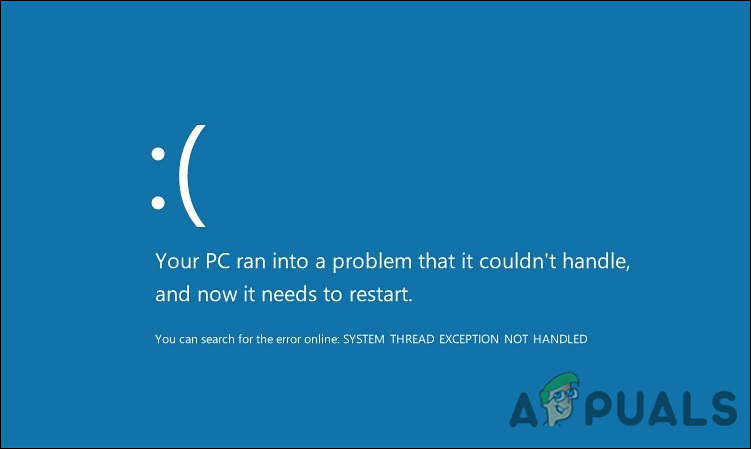
The main reason is often that the reset didn’t finish properly, especially if you chose “remove everything” or didn’t use a good Windows install disk or drive. Other reasons could be old drivers, problems with the hard drive, leftover recovery files from the computer’s manufacturer, or issues with BitLocker (Windows’ disk encryption).
In this guide, we’ll walk you through several effective troubleshooting steps to follow if you’re still seeing a blue screen, even after resetting your computer to its default state.
1. Boot Into the Windows Recovery Environment
If you see the BSOD every time you try to use your computer, you’ll need to access the Windows Recovery Environment (WinRE) to start troubleshooting.
The Windows Recovery Environment is a separate system that comes with Windows. It helps you fix problems that prevent your computer from starting up normally. From here, you can use tools such as Command Prompt, Startup Repair, and System Restore.
- Turn off your device by holding down the power button for about 10 seconds.
- Turn it back on using the power button, then immediately turn it off again the same way.
- Repeat this process two more times. On the third restart, allow the computer to start up normally—the system should automatically
- boot into the recovery environment.
- Once in WinRE, go to Troubleshoot > Advanced options.
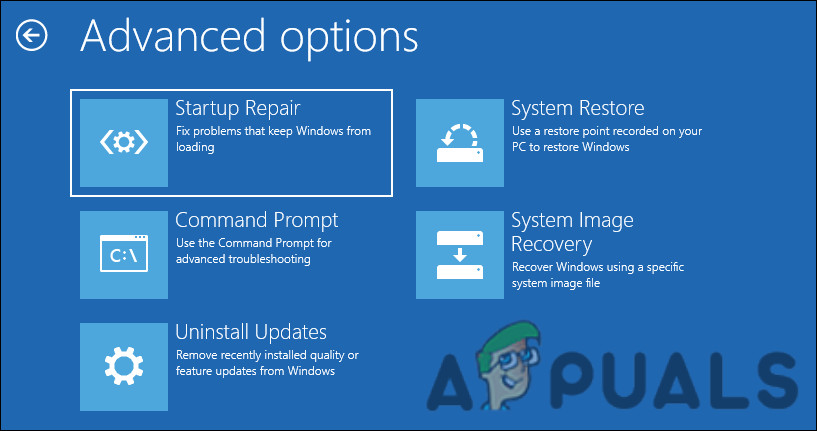
Enter the Advanced options menu
2. Run System Scans
One of the first things you should try is to run the SFC and DISM utilities through Command Prompt from the WinRE Advanced options.
The SFC (System File Checker) command checks for missing or damaged system files and automatically replaces them with the correct versions if any are found.
DISM (Deployment Image Servicing and Management) helps repair problems with Windows system images. While these tools don’t specifically target Blue Screen of Death (BSOD) errors, they can help if a bad or missing system file is causing the problem.
- In the Advanced options menu, select Command Prompt.
- Type the following command and press Enter to start the System File Checker scan:
sfc /scannow
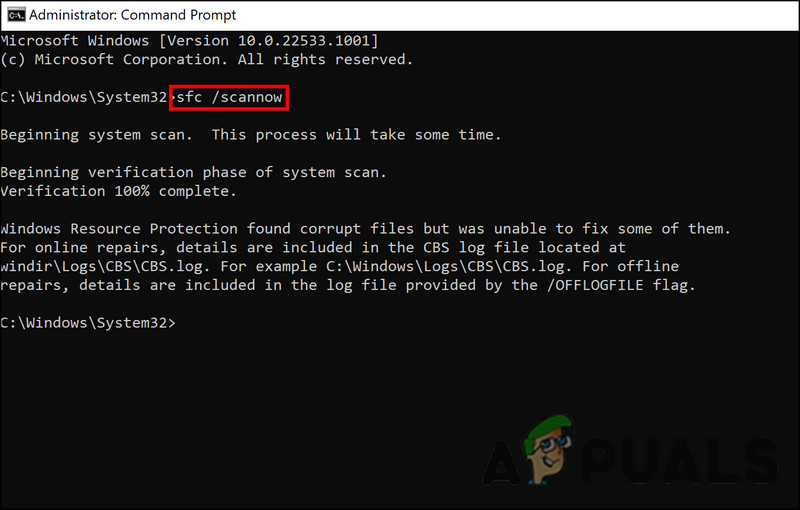
Run the System File Checker - When that scan finishes, type this command and press Enter:
dism /online /cleanup-image /scanhealth
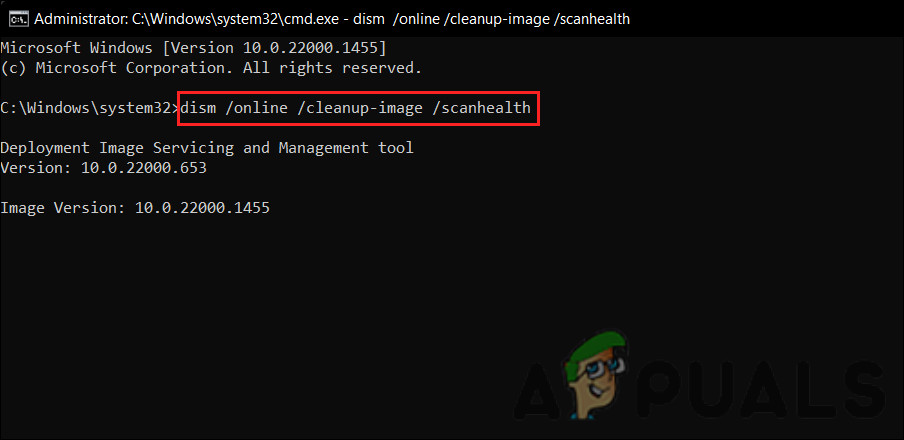
Run the scanhealth command
SFC and DISM will scan and attempt to fix any system problems. This could take a while depending on your system. While you’re at it, we also recommend running a CHKDSK scan to check your hard drive for bad sectors that could be causing the issue.
3. Update Your Drivers
In many cases, BSOD issues are caused by outdated or faulty device drivers. For example, a frequent cause is problems with netio.sys, a Windows system file that helps manage network connections and traffic.
If this seems relevant to your situation, you can try updating your network drivers to see if it helps. To do this, you’ll need to enter Safe Mode.
- In the Advanced options menu of WinRE, select Command Prompt.
- Type this command and press Enter:
bcdedit /set {default} safeboot minimal - After the command runs, type exit and press Enter to close Command Prompt.
- Restart your computer. It should now start in Safe Mode automatically.
- Once you’re in Safe Mode, type Device Manager in the search box on your taskbar and open it.
- Expand the Network Adapters section, then right-click your network driver.
- Select Update driver, then click Search automatically for drivers.

Update the network driver - Follow the on-screen steps to update your driver, then reboot your PC.
- After restarting, your computer should return to normal mode. Check if the blue screen error is resolved.
Another thing you can try is to temporarily turn off your antivirus program to see if this makes a difference. Sometimes, antivirus software can interfere with normal Windows processes and cause crashes by mistake.
4. Run the Memory Diagnostic Tool
It’s also possible that a problem with your computer’s RAM (memory) is causing the BSOD. RAM issues—like bad memory modules—can often make Windows crash. You can use the built-in Windows Memory Diagnostic Tool to check for memory problems.
- Press Win + S to open Windows Search.
- Type Windows Memory Diagnostic and open it.
- Select Restart now and check for problems (recommended). Your computer will restart and the tool will check your memory for errors.
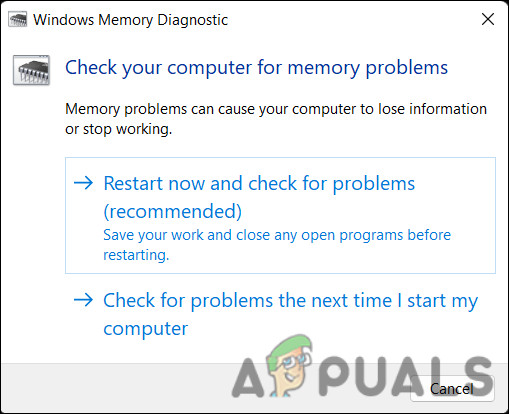
Run the Windows Memory Diagnostic tool
This tool will only diagnose memory problems; it will not fix them. If the tool finds errors, you’ll likely need to replace your RAM.
5. Revert Recent Changes
Sometimes a BSOD happens after a recent software change, like installing a new program or an update. This can happen if new software conflicts with Windows or creates an error. If the blue screen began after you installed something new, try uninstalling it.
- Boot into Safe Mode using the earlier steps.
- Once in Safe Mode, press Win + R to open the Run window.
- Type control and press Enter.
- Click Uninstall a program under the Programs section.
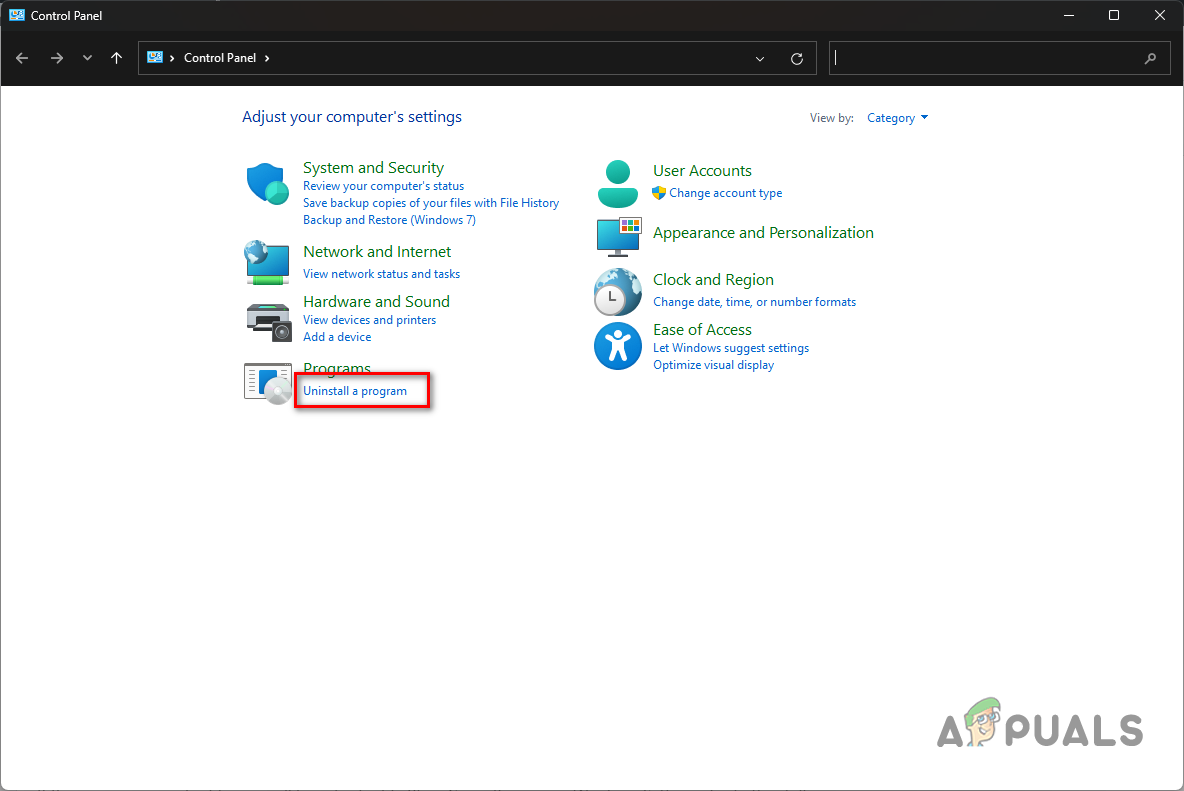
Choose Uninstall a Program - You’ll see all the programs on your computer. Find the one you think is causing problems, right-click on it, and choose Uninstall.
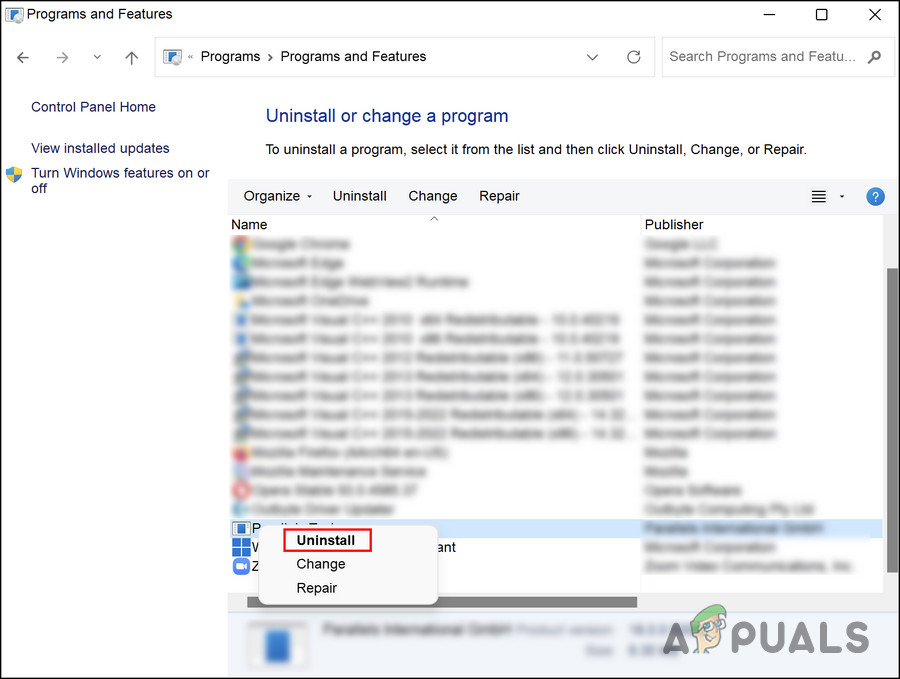
Uninstall the conflicting program
If a Windows update seems to have caused the problem, do this:
- Follow steps 1–4 above to enter Safe Mode and open Control Panel.
- Click View installed updates on the left.
- Find the update you want to uninstall and click Uninstall.
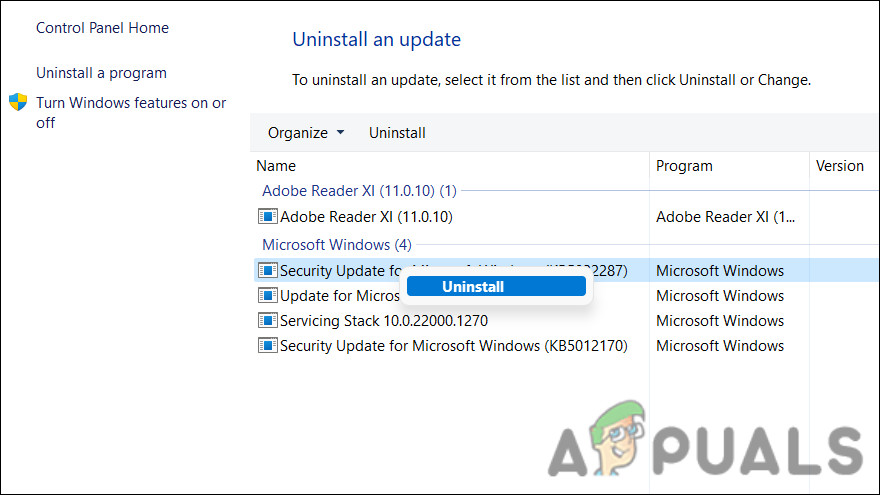
Uninstall the update - Follow the steps on your screen to remove the update.
- Alternatively, from the Advanced options window, open Command Prompt.
- Type the following command, replacing
<Update_KB_Number>with the KB number for the update:wusa /uninstall /kb:<Update_KB_Number>
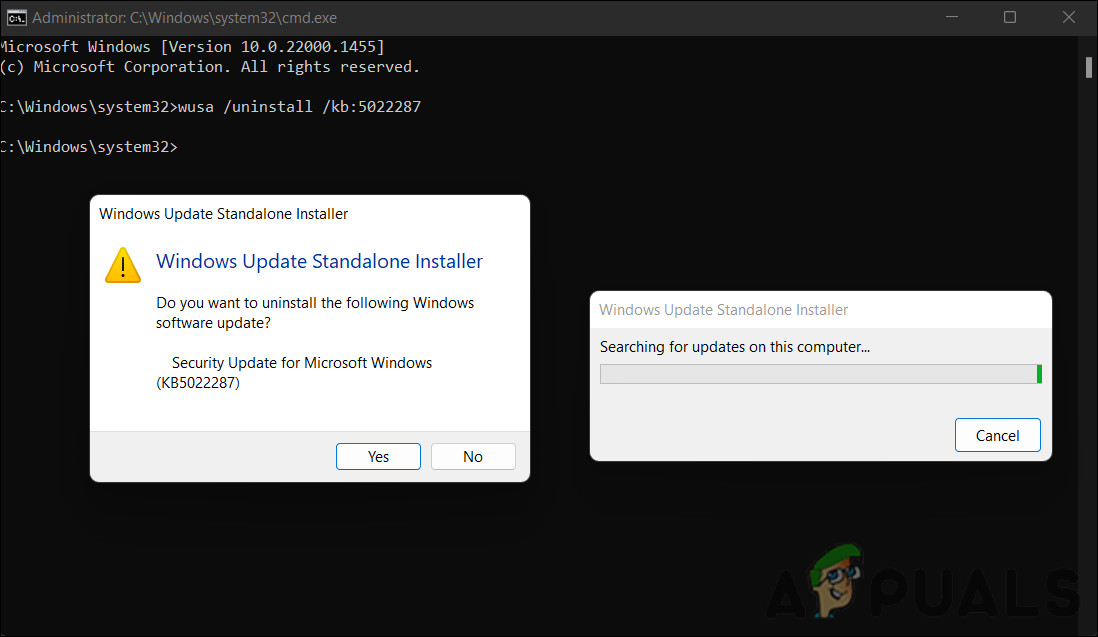
Uninstall the update - Press Enter and confirm to start the uninstall process. You’ll get a message once it’s finished.
6. Perform a Clean Install
If none of the above solutions work, you can try doing a clean install of Windows.
A clean install deletes all your files, settings, and installed programs, and installs a brand-new copy of Windows. This is usually a last resort if your system has serious problems—like hardware failures or major system corruption—that can’t be fixed otherwise.
Make sure to back up your important data before you proceed. A clean install can be an effective way to eliminate even the most stubborn issues and give your computer a fresh start.





